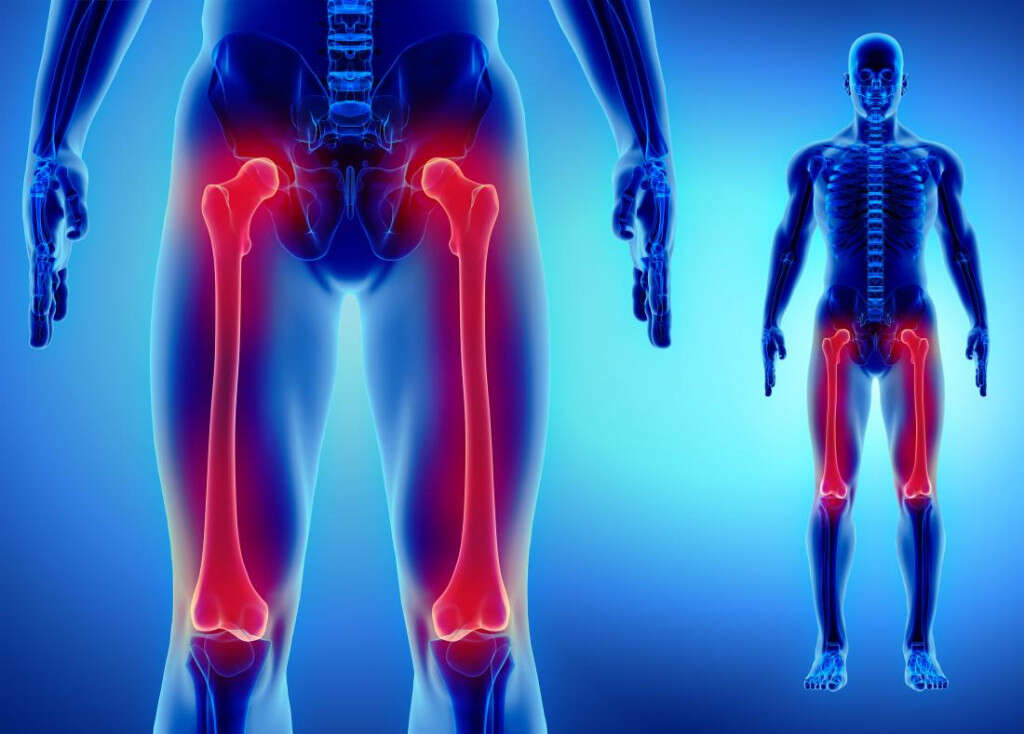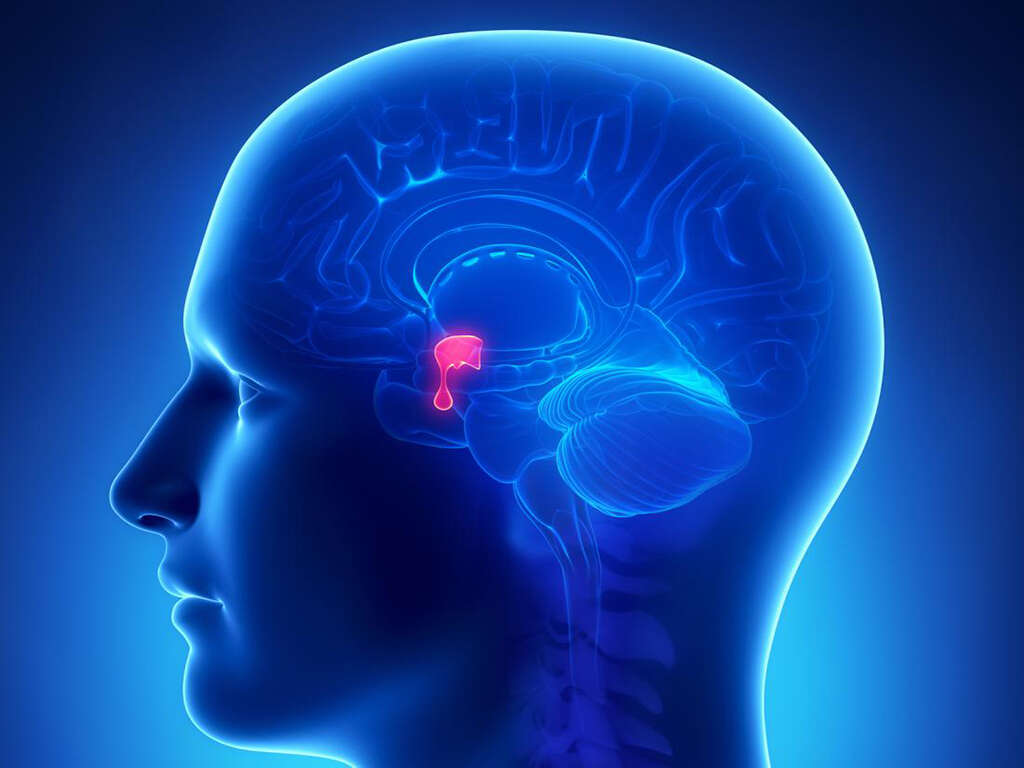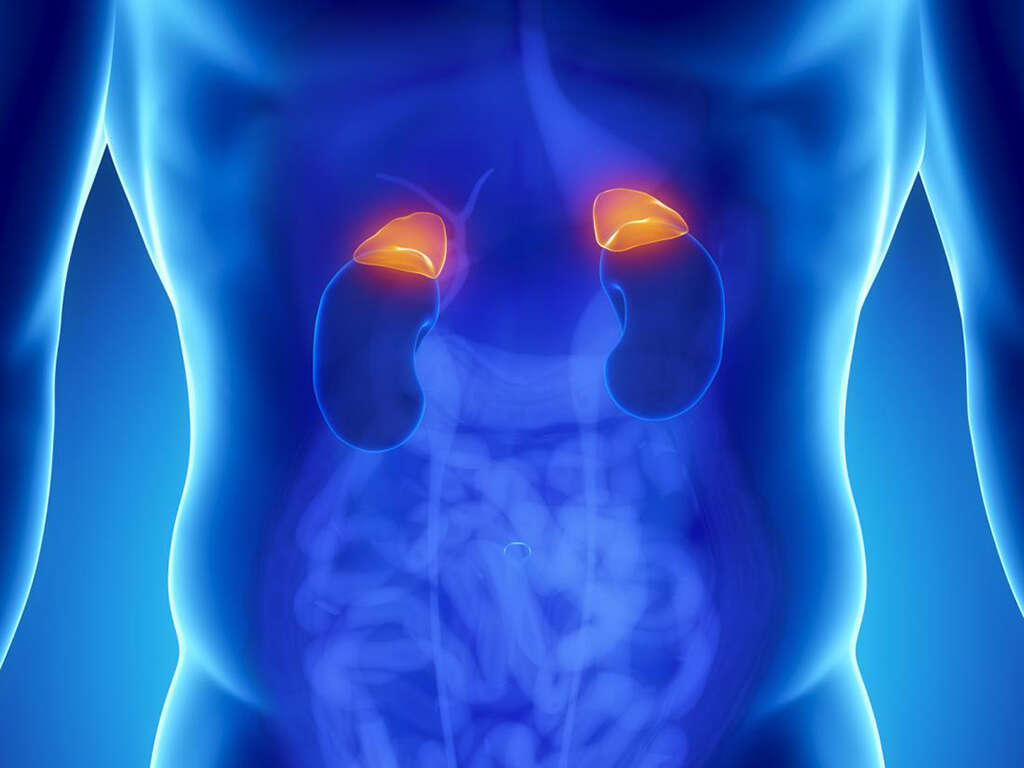10 Osteosarcoma Symptoms
Osteosarcoma is a type of bone cancer. Specifically, it is a cancerous tumor of the bone. This type of cancer usually develops from osteoblasts, which are a kind of cell that helps bone to grow. For this reason, it is most often found in teenagers that are undergoing rapid growth. It is the most common type of bone cancer and boys are more likely to develop it than girls.
Treatment will often include radiation therapy and chemotherapy. Surgery to remove tumors is also sometimes performed.
It is possible to survive osteosarcoma but, as with other types of cancer, it helps if the disease is caught early on. Here are a few of the symptoms that show you might have the condition.

Symptom #1: Pain
Feeling a pain somewhere in the body is not unusual and not always something to worry about. Such pains will often go away by themselves without having done any harm. If they linger for too long, though, or if they are too unbearable, you should arrange to get them checked out as soon as possible.
One of the first symptoms of osteosarcoma is that the patient will feel pain in the affected area. It is more likely to occur in long bones than in shorter ones. This means that the pain will usually be felt in the leg bones and on the upper arms.

Symptom #2: Swelling
A swelling will often be found at the site of an injury. Usually, it is the result of the blood sending more blood and fluids to the area to try and help heal the injury. At other times, it is down to something else, such as an affected area becoming physically larger in itself.
Osteosarcoma can cause an increase in bone mass at the site of the cancer. These tumors will cause the rest of the area to swell as it grows. The swelling is likely to develop several weeks after the pain first begins. Such a swelling is something that you should get checked out by a doctor.

Symptom #3: Tenderness
Bone cancer is likely to be quite painful, even when you are not touching your body at all. The area can also be very tender, meaning that you will feel rather a lot more pain if you do touch it. Patients with osteosarcoma will generally choose to keep the affected area well protected to help prevent the pain caused by contact.
It is advisable to be resting anyway at this stage, so there should hopefully not be too many instances where the area will be touched. This does not mean to say that the patient will not be feeling any pain at all, though.

Symptom #4: Pain Worsens with Exercise
Exercise can be hard very work at the best of times. To reach new goals, you will often have to push yourself through the pain barrier, but it is usually worth it in the end. This does not mean, however, that exercise will cause the pain that patients with osteosarcoma are likely to encounter.
Any exercise can worsen the pain of osteosarcoma considerably, leaving the patient in agony. As such, patients are likely to choose to take it easy instead, which is very understandable. It is generally advised that you should rest up if you have any kind of cancer or other illness anyway.

Symptom #5: Broken Bones
Our bones have evolved to be quite strong. They are able to take quite an impact and remain intact, which is necessary because we tend to put quite a lot of stress on them in day-to-day life. They are far from invincible, though, and a powerful enough force can be enough to cause them to break.
What’s more is that conditions such as osteosarcoma can cause the bones to become even easier to break than usual. The cancer can weaken bones, meaning that it will take less force for them to break. It is sometimes because of a broken bone that people first discover they have osteosarcoma.

Symptom #6: A Limp
Usually, we have little difficulty in walking normally with both legs working equally as well as each other. This helps us to move fairly smoothly, and even quite quickly if we really needed to. There are various reasons why we might develop a limp, however, and this can have a considerable impact on our ability to walk well.
Patients with osteosarcoma in the leg bones will sometimes find that they acquire a limp. This can limit their mobility considerably. If you have developed a limp and you don’t know why, make sure to make an appointment with your doctor to try and find out what is causing it.

Symptom #7: Fatigue
Fighting cancer is very hard work. Even when the patient may appear to be at rest, the body is still hard at work trying to fight against the disease. It is also likely to be using valuable resources in the battle against cancer, leaving fewer resources available for other things like providing the patient with energy.
This means that patients with osteosarcoma are likely to feel very fatigued. They will often just not feel like doing anything at all no matter how much rest they might be getting. It can also be made worse by difficulty in moving, difficulty sleeping, and treatments such as chemotherapy.

Symptom #8: Weight Loss
Osteosarcoma can be exhausting for the patient. Their body will always be battling against the disease and this means that calories are being burned up all of the time. Burning up more calories than you are taking in will eventually lead to stored fat and muscle being metabolized.
The weight loss is likely to be unplanned and also very sudden. It can be made worse when the patient is feeling ill, meaning that they may not feel like eating. It is important to still try to eat as much as you can, regardless of whether or not you feel like it.

Symptom #9: Waking at Night
If we are fortunate enough, we are able to sleep through any pains that we might have. It may require some painkillers or sleeping aids but, still, we are often able to get enough sleep. This is often not the case for people that have osteosarcoma, however. The disease can cause patients to get little to no sleep at night.
Osteosarcoma will often cause considerable pain even when the patient is at rest. At night, it is often enough to wake them from their sleep and medication will often do little to help. This is a sign that the disease has reached an advanced stage.

Symptom #10: Pain That Comes and Goes
Pain is usually fairly constant, albeit gradually fading until the cause is dealt with by the body and/or by medicine. It is also often quite manageable, meaning that we are usually able to help the patient feel reasonably comfortable through their ordeal. The pain that comes with osteosarcoma can be really quite different, though.
When osteosarcoma is at an advanced stage, patients are likely to find that the pain can come and go. The pain can also be quite severe even if painkillers and other medications are being used. This is a symptom that the condition has reached an advanced stage.











